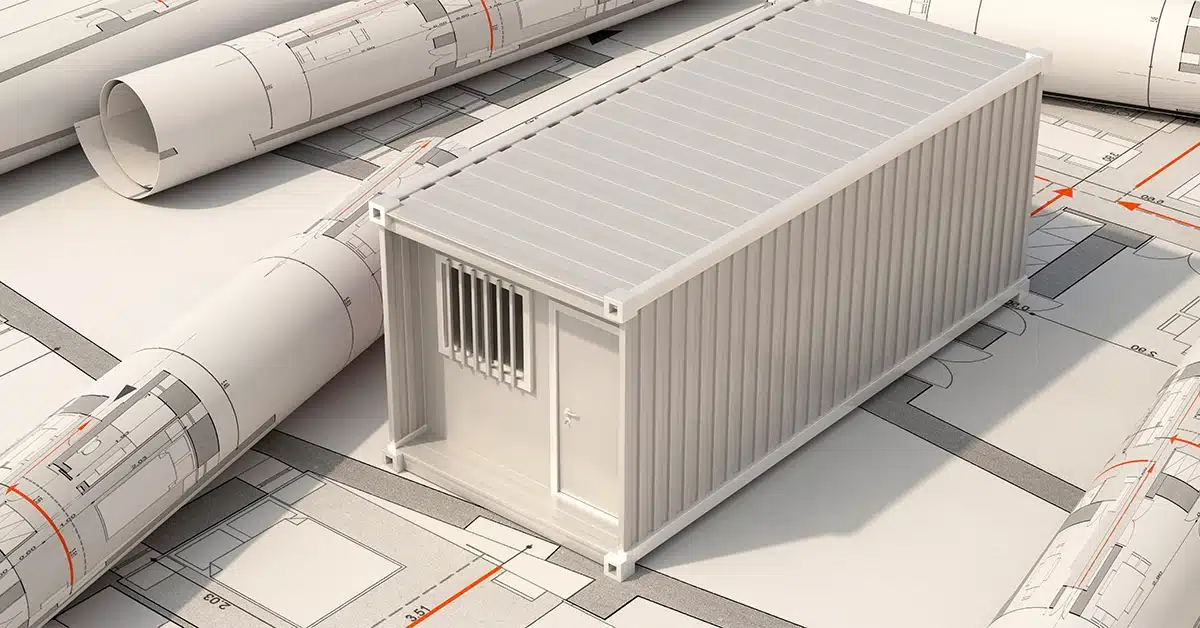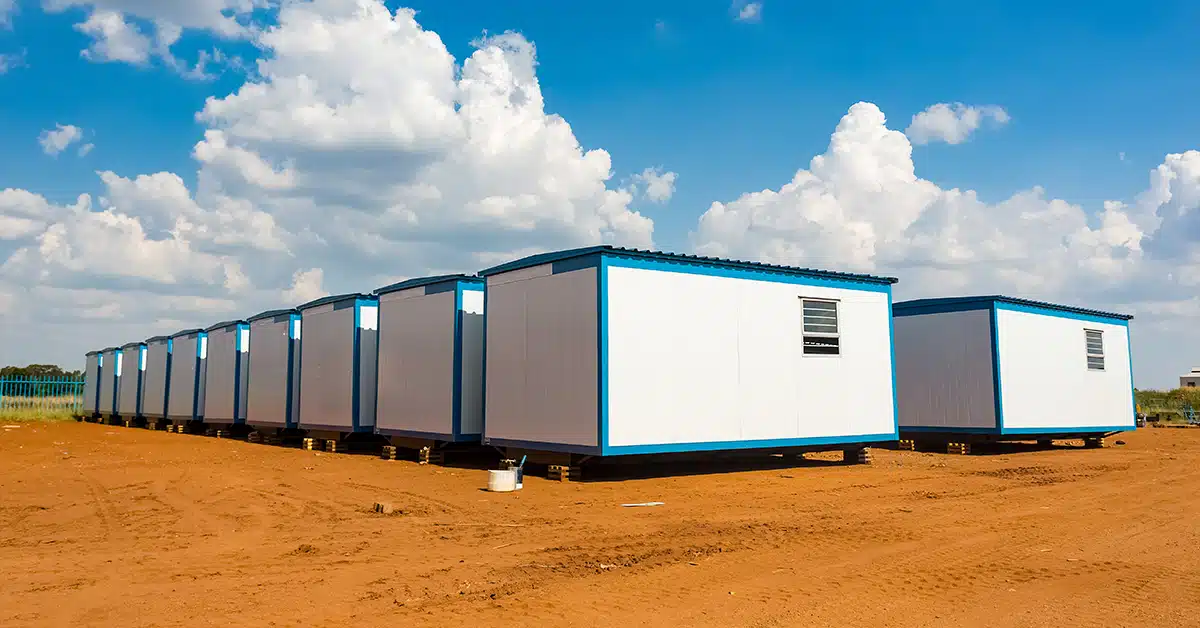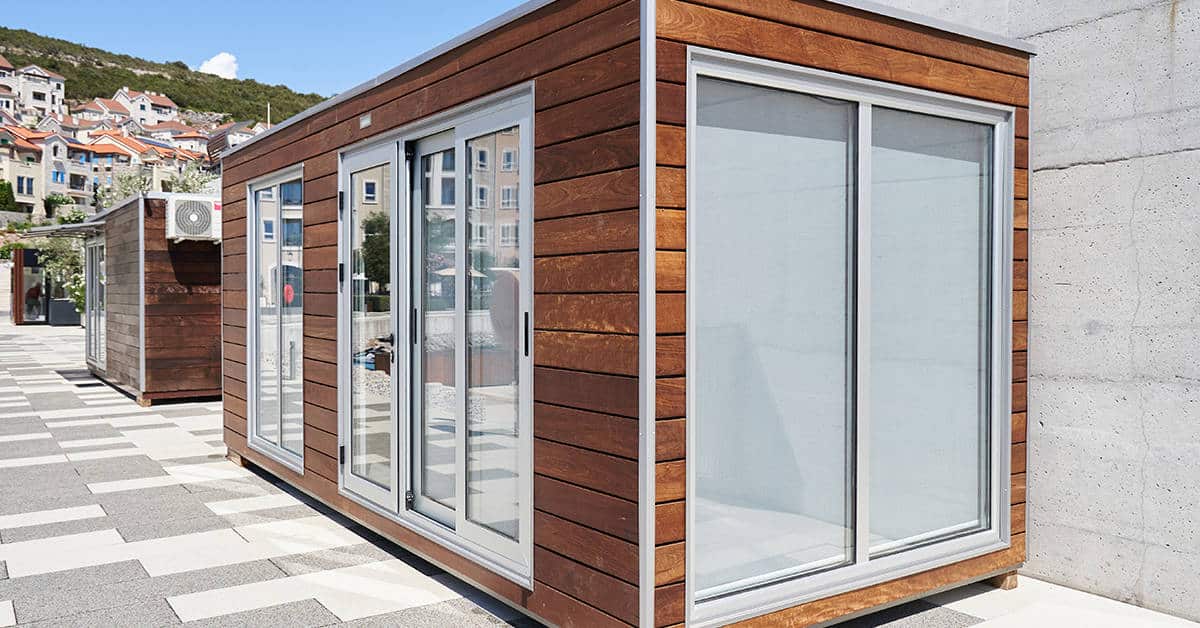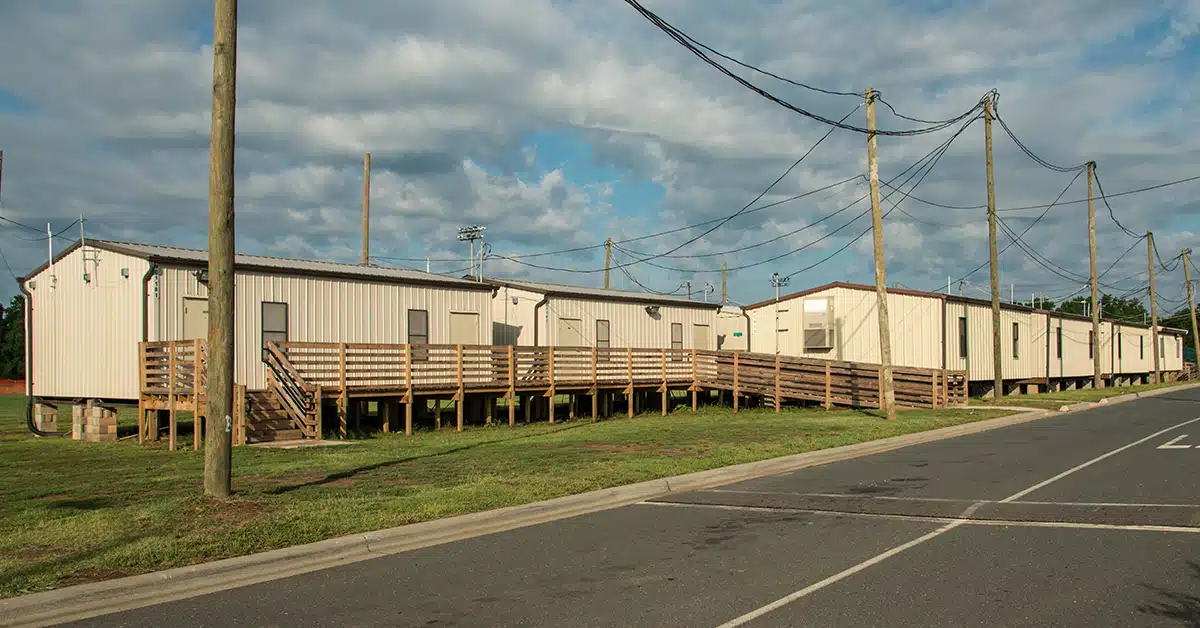The sooner a fully operational building project is complete the sooner it is in use. To minimize downtime after installing an equipment enclosure, any equipment can be beforehand to be incorporated in the building process. Equipment integration allows for easy connection and faster start-up time after an enclosure is delivered.
Incorporating new or existing equipment not only minimizes downtime but to also provides a cost-effective option, eliminating the need for post-delivery installation. These units are customizable to exact specifications to protect critical parts. Systems implementation and testing in an off-site facility before shipping prevents time-consuming post-delivery setup; the building will be ready to operate.
Understanding the Process of Full-Equipment Integration
Customer-provided equipment, electrical, and HVAC components allow the option of full integration. Equipment integration is performed and reviewed in an environmentally controlled industrial space. All equipment provided and tested results in seamless installation and an on-time, on-budget start-up. The process is a completed turnkey package, delivered on-site for quick installation.
All the equipment, whether on the floor or mounted on the walls, should be properly secured, connected, and tested to verify it’s operating properly. This reduces any complications at installation. Many applications and components can be incorporated. These include controls, compressors, pumps, meters and more to provide greater flexibility and achieve a one-of-a-kind enclosure.
Equipment integration, using everything from diesel generators to control systems to ventilation and more, provide increased flexibility as they can be tailored to unique specifications. A fully drop-shipped, integrated building is more capable of faster setup or assembly, allowing the incorporation of equipment so operations start that same day. Construction partnerships with those who possess advanced engineering and systems expertise in-house allows the delivery of fully integrated solutions.
Essential Elements of a Prefabricated Building Structure
Prefabricated buildings offer a streamlined implementation of multiple pieces of electrical equipment. These allow for a convenient plug-and-play solution, preventing long setup times. Also, integrating custom power system components help protect an investment. The enclosure should be secured to the foundation and connected using any preinstalled equipment to get production up and running swiftly.
Additional metal enclosures with equipment integration and examples:
- Prefab Electric Utilities. Integrated RTU and HMI equipment for buildings that require specific control systems.
- Chem-Feed building to control emissions. Support data centers with modified shipping containers, complete with installed equipment that is provided. This is designed for air-cleaning control at the site for a data center campus. These buildings contain air-cleaning equipment and the electrical control cabinets that support the standby generators. The site also makes sure the generators don’t create air pollution and buildings are utilized to house specialized equipment. Once this equipment is packaged inside the prefabricated structure it can be delivered to a worksite to be quickly connected and running.
- Shipping Container enclosures. These can be custom fit with various electrical equipment including control panels, lighting, and HVAC. After an enclosure is delivered and installed, simply connect equipment for easy startup. Modified shipping containers have the capability to be repurposed as a storage solution or applied to numerous applications including electronic equipment, water utilities and sanitation rooms. Custom containers can be retrofit with doors for easy access to equipment and installed either double-wide or stacked to accommodate larger applications.
- Modular enclosures and its sections are delivered to the location. These take less time to assemble than on-site buildings. Within these and modular systems, custom equipment is prewired and installed prior to shipping. As buildings are put together off-site they can be connected with J-boxes and pigtails, minimizing the number of workers at the final job site.
- On-site buildings. These are preferred for location assembly due to higher ceiling clearance. This option is also used when more expansive facilities in remote locations require installation around pre-existing equipment or including industrial needs. Find one-piece standard buildings with or without flooring, depending on need, and ones that accommodate existing equipment and structures. Find a company where its representatives will come out to your location to record all measurements and obtain precise detail of delivery and installation requirements. Following a complete report of specifications, they can begin drafting and engineering unique solutions tailored to need.
- Data Center Support. These are critical assets that are protected with a robust and reliable support infrastructure made up of power subsystems, uninterruptible power supplies (UPS), backup generators, ventilation and cooling equipment and building security systems. Cloud data storage, data security, service continuation and power distribution Server Rooms and more are utilized within these. Each is pre-wired with lights, outlets, ventilation, and door alarms, then conveniently wired for quick connection at the site. These are shipped, off-loaded, and installed in one day for equipment installation.
- Compressor capability expansion. Expanding compressor capabilities is a solution when a space issue presents itself within a facility. If space within a facility is a problem, why not add space to the outside? A proposal is simple: provide an outdoor enclosure that is prepackaged with existing compressor equipment within a custom-designed enclosure. This enclosure is then fully integrated, packaged, tested, delivered, and installed on-site to then connect to a facility. From an aesthetic standpoint, make sure the buildings colors match an existing facility.
Equipment protected by fully customizable buildings that meet exact specifications is the goal. Due to their uncomplicated design, these standard buildings withstand extreme temperatures and weather in any climate while offering a low-maintenance solution to protect valuable, integrated equipment. Prefabricated buildings provide many applications in the electrical utilities industry and include E-Houses, Motor Control Centers, Standby Generator Rooms, Control Rooms, Personnel Shelters, Odorizers, Regulators and controls, Instrumentation Analyzers and Electric Switchgears.
Custom-built enclosures are manufactured using a wide variety of materials including aluminum, steel, brick, and aggregate stone. This versatility enables design structure options and incorporating equipment integration for several industries including transportation, communications, power and utilities. From pump houses and computer rooms to metering stations and fiber optic buildings, it’s good practice to research who best meets the needs of a number of different projects.
In-House Control Panels
Search who specializes in making control panels and other auxiliary equipment and components in-house to accommodate equipment needs. These enclosures should be custom fitted with various electrical equipment including control panels, lighting, and HVAC, adding to full integration options.
To run a production line efficiently, a complete control system needs to be in place that can be fully integrated with equipment and with fully personalized controls. It’s ideal if they can also manufacture and supply fully integrated control systems for unique production needs.
Working with certain software packages, custom screens can be provided to monitor specific processes and gathering of real-time data. The company should integrate this information with devices such as sensors, valves, pumps, motors and more—directly with HMI controls. Highly skilled engineers have experience encompassing the design, programming, and installation of complete control automation systems, upgrades and modernization of equipment and drive system replacements.
Conclusion
Efficient, tested solutions with equipment integration into construction projects make for a successful venture. From rooftops and confined spaces to offshore rigs and mountain tops, incorporating buildings with new or existing equipment in an off-site location will save time and provide cost savings.
Ensure the chosen manufacturing company has the facility, people, and resources to handle everything from receiving of equipment to delivery of the building onsite. These buildings must be built to last as long as the systems and equipment they protect.
Remember, for successful equipment integration and faster building enclosure completion and sooner operation, it helps to partner with those who have the resources, versatility and experience that the project demands.






